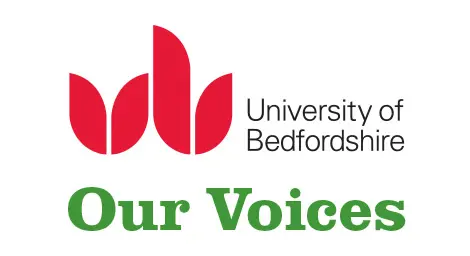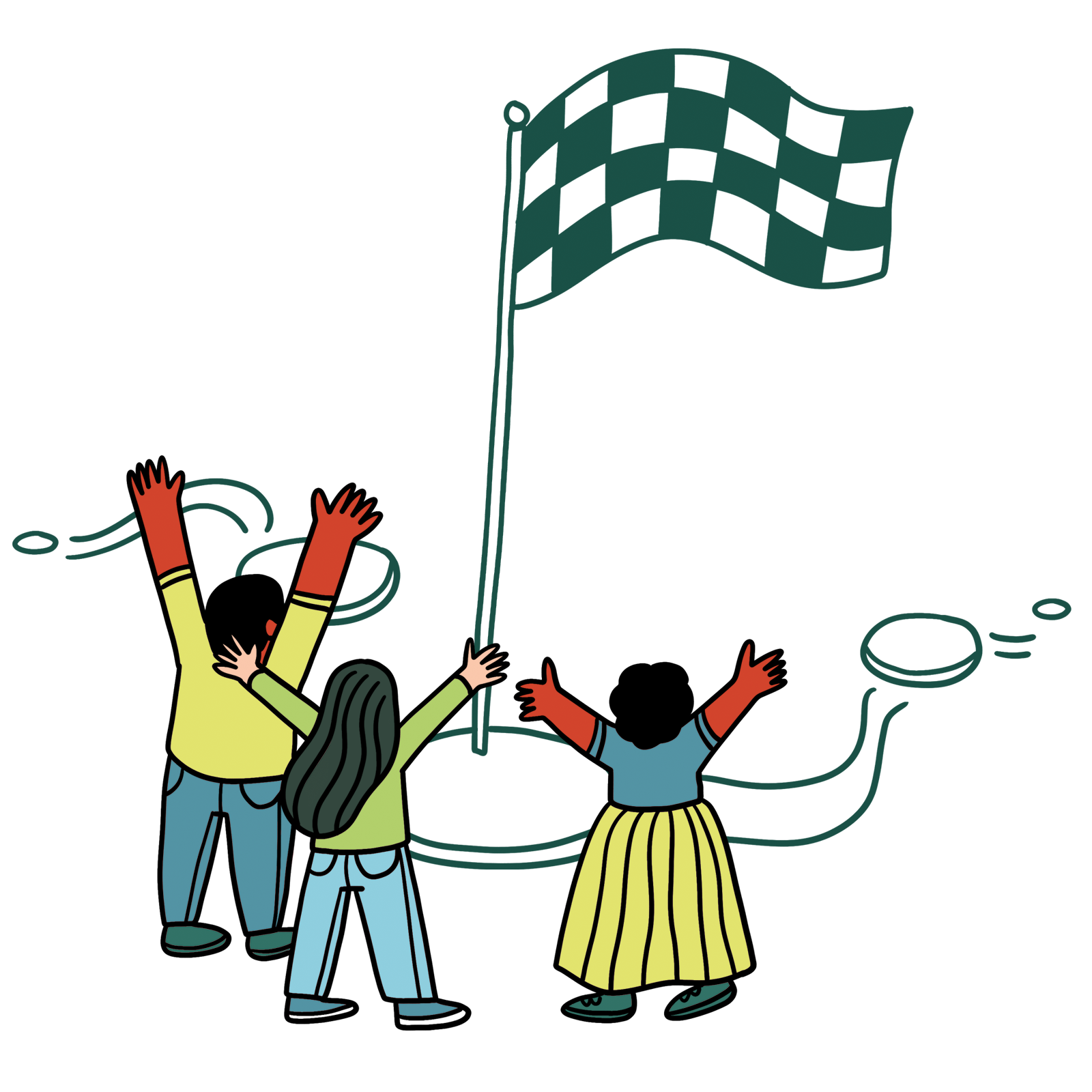The ending of a project may have different impacts depending on children and young people’s levels of engagement.
If young people were already meeting for a different purpose, or were part of an existing participation group, an individual project ending may not be as significant.
If however a group were brought together specifically to work on a project, this may lead to a number of challenges and concerns for those children and young people when it ends.
As projects draw to a close, children and young people may:
- feel sadness about not regularly seeing others involved
- be worried that facilitators will no longer be able to provide support and advice
- feel that they are just getting started, and are just at the beginning of the work
- be annoyed that certain changes did not happen or certain goals weren’t achieved during the project
- feel energised to get involved in different initiatives
- be concerned that payment or other forms of compensation will stop
It can be helpful to encourage those involved in the project to think about these feelings and, as a group, explore how some of these concerns could be alleviated.
In addition to exploring emotions attached to endings, practical details such as how the project team will communicate with children and young people once a project ends, should also be considered.





